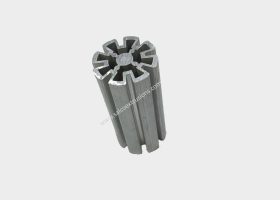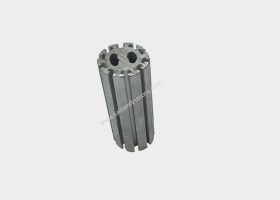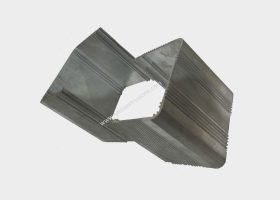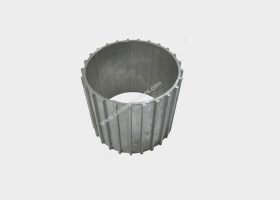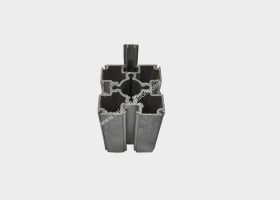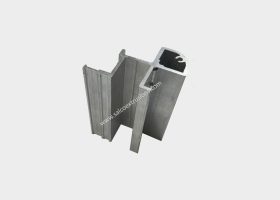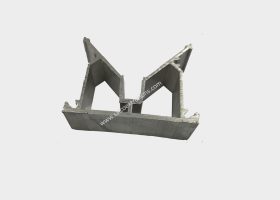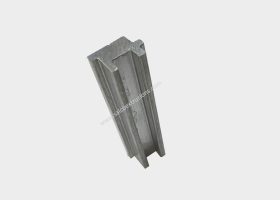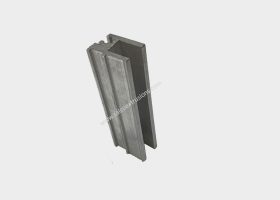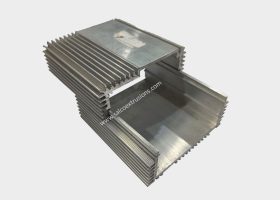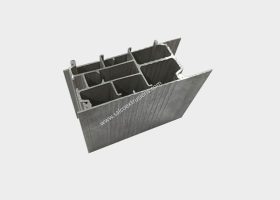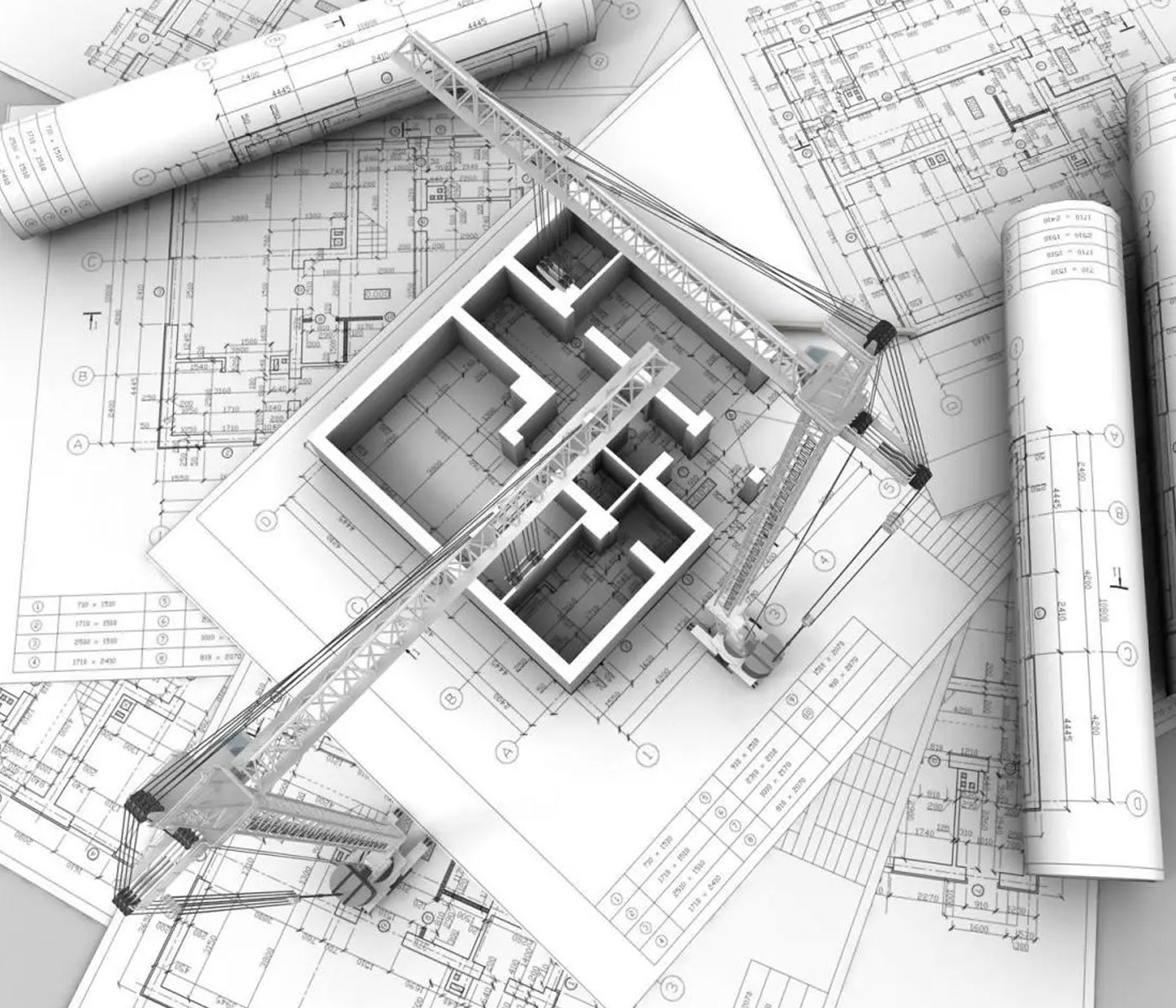
Aluminum Extrusions for Architectural Applications
Building the Future of Modern Design
In today’s fast-paced and ever-evolving construction landscape, the demand for materials that combine strength, versatility, and sustainability has grown exponentially. Among the most versatile and widely adopted solutions in architecture is aluminum extrusions for architectural applications. These extruded profiles are changing how we design, build, and experience structures—offering unmatched flexibility, performance, and aesthetic appeal.
Whether it’s towering commercial skyscrapers, energy-efficient homes, or cutting-edge infrastructure, aluminum extrusions are becoming a material of choice for architects, engineers, and builders across the globe. Their ability to blend seamlessly into both structural and decorative elements makes them indispensable in contemporary architecture.
What Are Aluminum Extrusions for Architectural Applications?
Aluminum extrusion is a process in which a pre-heated aluminum billet is pushed through a die with a specific cross-sectional shape. The result is a long profile that can be cut, treated, or fabricated into parts used in construction. The beauty of this process lies in its adaptability—engineers can design nearly any profile, ranging from simple tubes and angles to complex custom shapes with tight tolerances.
When we speak of aluminum extrusions for architectural applications, we refer to these profiles being used to create structural supports, window and door frames, curtain wall systems, shading elements, cladding systems, railings, louvers, and more.
Why Aluminum Extrusions for Architectural Applications?
The Material Advantage
Aluminum has a set of characteristics that make it exceptionally suitable for architecture:
1. Lightweight Yet Strong
Aluminum has a density approximately one-third that of steel, making it significantly lighter while still retaining impressive strength. This makes transportation, installation, and handling much easier—particularly important in high-rise buildings or structures with complex geometries.
2. Corrosion Resistance
Unlike many metals, aluminum does not rust. Instead, it forms a natural oxide layer that protects it from further corrosion. This property makes it especially useful in harsh climates, coastal areas, and high-humidity environments.
3. Aesthetic Versatility
Aluminum extrusions can be anodized, painted, or powder-coated in a wide range of finishes and colors. From sleek, modern façades to rustic or industrial looks, architects have the freedom to achieve their desired design vision.
4. Thermal and Acoustic Performance
With the addition of thermal breaks and insulation, aluminum extrusions can significantly improve a building’s energy efficiency. Combined with modern glazing systems, extruded frames reduce heat transfer, helping to maintain internal temperatures and reduce HVAC costs.
5. Recyclability
Aluminum is 100% recyclable without any loss in quality. Using recycled aluminum requires only 5% of the energy needed to produce primary aluminum. In an era focused on sustainability and green building practices, this makes aluminum an environmentally friendly choice.
6. Precision and Customization
The extrusion process allows for extremely precise designs. Profiles can include channels, grooves, notches, and complex contours, enabling integrated solutions that reduce the number of separate components and simplify assembly.
Key Aluminum Extrusions for Architectural Applications
1. Curtain Wall Systems
Perhaps one of the most prominent applications of aluminum extrusions in architecture is the construction of curtain walls. These non-load-bearing, glass-dominated facades rely on aluminum frames to support and secure glazing panels.
Aluminum extrusions are ideal here because they:
-
Accommodate large spans without excessive weight
-
Offer structural stability under wind and seismic loads
-
Allow thermal breaks for insulation
-
Provide sleek, modern aesthetics
2. Windows and Doors
Window and door systems rely heavily on extruded aluminum for their frames and supporting structures. These systems must offer strength, energy efficiency, security, and weather resistance—requirements that aluminum extrusions fulfill with ease.
Modern aluminum profiles can include:
-
Multi-chamber designs for insulation
-
Hidden drainage paths
-
Reinforced locking systems
-
Slim sightlines for improved aesthetics
3. Sunshades and Louvers
Architects often use extruded aluminum fins, sunshades, and louvers to control daylight and reduce solar heat gain. These elements not only improve building efficiency but also contribute to the visual identity of a structure.
Aluminum’s corrosion resistance makes it ideal for external shading devices that are exposed to the elements year-round.
4. Balustrades, Railings, and Handrails
In both commercial and residential architecture, safety and style are critical. Aluminum extrusions provide strong yet elegant solutions for stair railings, balcony balustrades, and guardrails.
They can be manufactured with:
-
Integrated lighting channels
-
Glass inserts or cable railing options
-
Custom handrail profiles
-
Easy modular assembly
5. Cladding and Facade Systems
Extruded aluminum profiles are used to create rainscreen cladding, decorative panels, and ventilated façade systems. These systems improve a building’s energy performance, protect the underlying structure, and offer extensive design options.
Profiles can be perforated, patterned, or formed into 3D shapes—allowing architects to create bold and expressive exteriors.
6. Canopies and Awnings
Aluminum extrusions are widely used in architectural canopies, awnings, and overhead structures. These components must resist wind, water, and UV exposure while remaining lightweight and easy to install.
Customization and Design Freedom
One of the greatest advantages of using aluminum extrusions for architectural applications is the ability to customize profiles to fit specific project requirements. This includes:
-
Unique cross-sectional shapes
-
Built-in connection points
-
Slots for mechanical fasteners or glazing
-
Integrated LED lighting channels
-
Compatibility with other materials like glass, wood, or composite panels
This design freedom allows architects to reduce the number of separate parts in an assembly, streamline installation, and maintain clean architectural lines.
Aluminum in Green Building and LEED Certification
With sustainability at the forefront of modern design, aluminum plays a vital role in helping buildings achieve green building standards. Here’s how:
-
Energy Efficiency: When used in thermally broken frames, aluminum supports energy-efficient envelope design.
-
Recycled Content: Many manufacturers supply extrusions with high recycled content, contributing to LEED points.
-
Durability: Long service life reduces maintenance and replacement frequency.
-
Lightweight Transportation: Reduces the carbon footprint of transport and handling.
Innovations and Trends in Aluminum Extrusions for Architectural Applications
As the construction industry embraces innovation, aluminum extrusions are evolving with it. Key trends include:
-
3D Printed Dies: For faster and more cost-effective custom die production.
-
High-Performance Thermal Breaks: Improving insulation in extreme climates.
-
Smart Building Integration: Profiles designed to integrate sensors, lighting, and cable routing.
-
BIM-Ready Profiles: Digital modeling of extrusions for use in Building Information Modeling systems.
Conclusion: A Material for the Future of Architecture
The use of aluminum extrusions for architectural applications has grown from a niche solution into a foundational element of modern construction. Its combination of lightness, strength, corrosion resistance, recyclability, and design flexibility makes it ideal for a wide range of uses—from structural frames to aesthetic features.
As buildings become smarter, greener, and more complex, aluminum extrusion technology will continue to evolve, offering architects and builders new ways to push the boundaries of design and performance.
Whether you’re developing a minimalist residential home, a futuristic commercial tower, or a sustainable urban infrastructure project, aluminum extrusions provide the tools to transform vision into reality—with strength, beauty, and efficiency.
